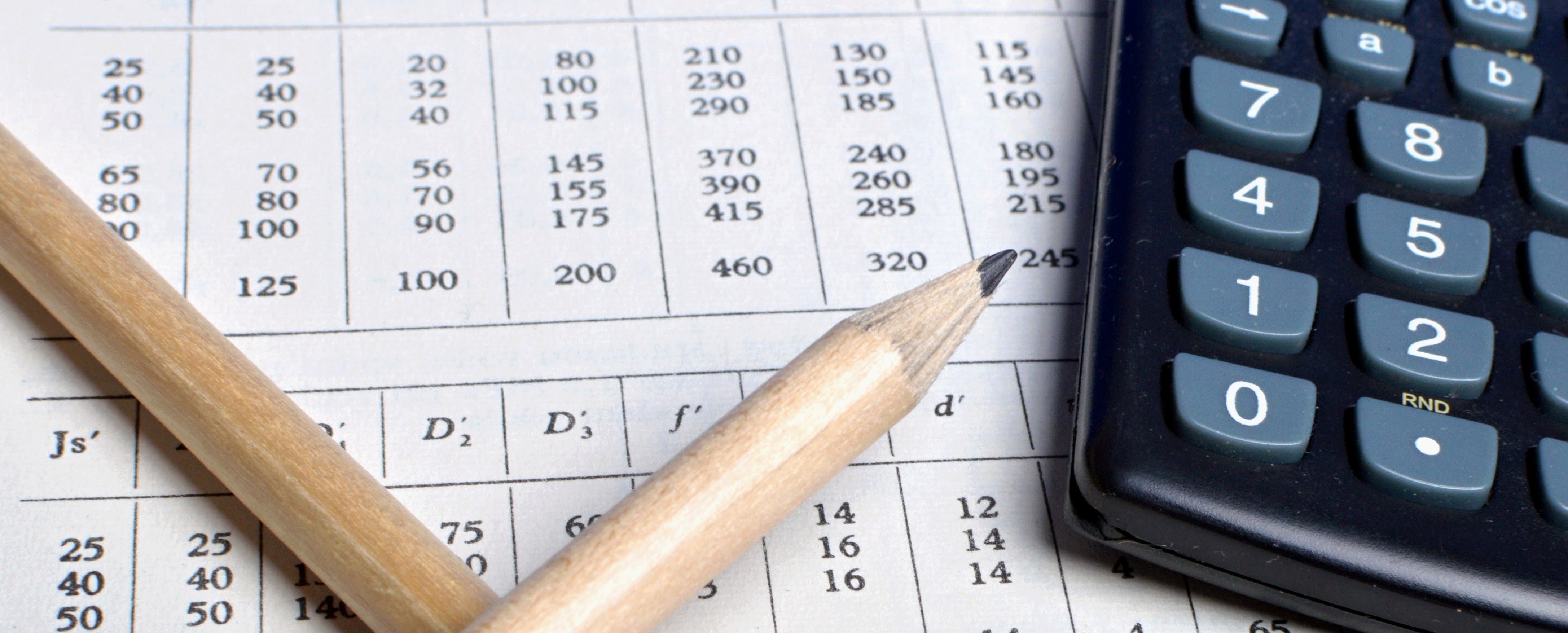As a small business owner, you know how valuable it can be to understand why you sometimes miss your spending targets. Variance analysis is a financial analysis technique that explores why your actual results are different from your budget, which in turn helps you make better plans for the future. For example, an efficiency variance measures how well the business uses its materials or human resources. Other variances look at the prices you’re paying. By using variance equations, you can see where you’re overspending and where you’re doing better than your budget. Understanding how to calculate variances makes it possible to replicate your success in other facets of your business.

Financial Variance Analysis: How to Calculate Variances
Material Price Variances
You can calculate multiple variances to see how well you are using your materials. First, efficiency variance measures the difference between the amount of materials you expected to use and what you actually use. Say you manufacture clothes, and you bought 5 metres of fabric to make a dress. If you only needed to use 4 metres, you have a favourable efficiency variance because you didn’t use all the material you expected to use. With this information, you can look for other areas to seek efficiency within your business.
Another way to check your raw materials spending is by using the materials price variance. This equation shows whether the prices you paid were what you originally expected. When you bought the fabric to make the dress above, imagine you paid $20 per metre. If you originally planned to spend $18 per metre, you paid $2 more per metre and have a favourable variance. When you calculate the material price variance, you can better understand the trend of prices and set your expectations for spending in the future.
Labour Variances
If your company’s operations are labour-intensive, it’s helpful to know your performance relative to your employee costs. Calculating the labour efficiency variance lets you see if your employees are spending time the way you planned. Say it takes four hours to sew a dress. If you had budgeted for five hours, that efficiency represents a favourable variance. Another way to look at labour variance is by looking at what you pay for that labour. The labour price variance is similar to the materials price variance, calculating how much you spend for labour and how that number differs from your original plans. For example, if the contractor who makes the dress for you charges you $20 per hour, you would have a favourable variance if you originally budgeted to pay that contractor $22 per hour.
Sales Price Variances
You can also see how your business is doing by calculating sales variances for your sales. First, if you know how to calculate a volume variance, you can understand whether you have reached your expected sales levels. Say that at the beginning of the year, you planned to sell 100 dresses over the next 12 months. At the end of the year, you ended up selling 95 dresses. Your sales volume variance is the price of the five dresses you didn’t sell. Because you didn’t sell quite as many dresses as you hoped, this variance is unfavorable.
The sales price variance formula is useful for tracking your sales numbers. Let’s say you planned to sell each dress for $250. During the year, you ended up selling each dress for an average price of $300. Even though you might have sold fewer dresses than you planned, you were still able to sell your goods for more than you wanted, resulting in a favourable sales price variance.
One other factor to consider when calculating variances is your sales mix, which is the breakdown of what you sold. If you planned to sell 100 dresses and 100 shirts, your sales mix is 50% dresses and 50% shirts. At the end of the period, you can count up the total of each inventory item you sold. If your total sales were actually 60% dresses and 40% shirts, your variances were favourable for selling dresses but unfavorable for selling shirts. You can use this information to develop a stronger marketing plan in the future.
Understanding Variance Relationships
All these different variances have relationships that are useful to know for your small business. Take a situation where you spent $26,000 on raw materials. At the beginning of the year, you planned to spend $25,000, but you spent $1,000 more than you planned. This is a $1,000 unfavorable variance. A critical part of variance analysis is understanding why you were off. Were you paying higher prices than you expected? Were you using more materials than you planned? Was there a combination of both? When you perform variances analysis, you get valuable answers to these questions.
Benefits of Variance Analysis
By incorporating financial variance analysis into your business, you get a better understanding of what goes on in your company. By knowing how to calculate variance in your business, you learn more about the prices you pay, the efficiency of your business, the time it takes to perform processes, and the inventory you’re selling. As a result, you’re able to make smarter decisions about what products to make, what suppliers to use, and what customers to target.
Your variance analysis provides you with short-term information that helps you make smarter long-term plans. Understanding why differences exist is the goal of variance analysis, and incorporating it into practice can help improve your company’s operations. You can also improve your cash flow with invoices, payments and expense tracking. See how much cash you have on hand with QuickBooks.


